Chef Yuki Onishi, founded Japanese Soba Noodles Tsuta in January 2012, it is a shop nestled in the residential area of Sugamo, Tokyo. They became the first Michelin-starred Ramen restaurant in 2015.
Chef Onishi after giving up a promising corporate career, returned to Kanagawa, his hometown, to follow in his father's footsteps in 1997. He acquired the art of making ramen in his father's ramen shop before moving ahead to pursue his dream of opening a ramen shop. When he started his own shop, his trademark dish is Shoyu Ramen with the signature Shio Ramen. The shoyu broth consists of 3 different types of Shoyu : cedar cask-aged Marudaizu natural soy sauce from Wakayama Prefecture blended together with a naturally brewed, aged Nagano soy sauce and a white soy sauce to intensify the flavor. This is added to the soup stock together with kelp from Hokkaido, pike from Mie, clam stock and other ingredients then boiled to bring forth its full flavors. The noodles are handmade and serving fresh daily using 4 types of whole wheat flour and whole grains.
JAPANESE SOBA NOODLES TSUTA, SINGAPOREChef Onishi after giving up a promising corporate career, returned to Kanagawa, his hometown, to follow in his father's footsteps in 1997. He acquired the art of making ramen in his father's ramen shop before moving ahead to pursue his dream of opening a ramen shop. When he started his own shop, his trademark dish is Shoyu Ramen with the signature Shio Ramen. The shoyu broth consists of 3 different types of Shoyu : cedar cask-aged Marudaizu natural soy sauce from Wakayama Prefecture blended together with a naturally brewed, aged Nagano soy sauce and a white soy sauce to intensify the flavor. This is added to the soup stock together with kelp from Hokkaido, pike from Mie, clam stock and other ingredients then boiled to bring forth its full flavors. The noodles are handmade and serving fresh daily using 4 types of whole wheat flour and whole grains.
9 Scotts Road #01-01 Pacific Plaza SINGAPORE 228210
Operating Hours: 11.00 am to 10.00 pm (Daily)
Tsuta Singapore has opened on 6 November 2016, it has only 18 counter seats and is located on the ground floor of Pacific Plaza. This is the only outlet of Tsuta, the second in the world after their original shop in Japan. This is a partnership with Hersing Corporation, an investment company which is also behind Tim Ho Wan and Kam's Roast Goose that are located in the same building.
The queue is outside the restaurant and it started as early as 30 minutes before their operation time. I was the number 7 in the queue when I went there at 10.45 am.
Their menu also consists of a limited selection of side dishes such as Niku Meshi (diced roasted pork on rice served with onion sauce) at $6, Ro-su Meshi (sliced roasted pork shoulder on rice topped with fragrant butter sauce) at $6 and soup chazuke at $2, the rice can be added to the remaining soup together with bonito flakes and Japanese seaweed. An additional portion of soba noodles is at $1.00, bamboo shoots at $2.00, rice at $1.80, char siu at $2.00 per piece and flavored egg at $1.80.
I decided to go with Ajitama Shoyu Soba at $16.80 which consists of a piece of char siu and a flavored egg. I also ordered Iced Wheat Tea at $1.80 to go along, this tea is selected by Chef Onishi as he feels that it complements his ramen most.
The tickets were handed over to the service staff before I took my seat at the counter. I actually made an effort to check whether am I allowed to take picture of their kitchen before doing so as this is not allowed at the shop in Japan.
Each bowl is served with 100 grams of noodles. The noodles are made fresh daily using the same combination of whole wheat and grain flours that are directly imported from Japan. It is known as soba noodles as the noodles are of a higher standard than the more common ramen. And, they cooked it just right. The toppings tasted close to what I had in Japan but it was garnished with spring onions. Pork collar is used to make char siu as it is lower in fat with just the same texture and flavor.
The shoyu ramen is made with the same types of shoyu then topped with a dollop of black truffle pureed in truffle oil. The shio ramen is also made with a chicken-seafood broth with Okinawa sea salt and Mongolian rock salt and topped with green olive pureed in truffle oil. The standards are expected to be the same.
The shoyu ramen is made with the same types of shoyu then topped with a dollop of black truffle pureed in truffle oil. The shio ramen is also made with a chicken-seafood broth with Okinawa sea salt and Mongolian rock salt and topped with green olive pureed in truffle oil. The standards are expected to be the same.
I waited for about 5 minutes for my shoyu ramen to be served. I frowned when I sipped the soup, it was much saltier as compared to what they served in Japan with a rather overpowering taste of truffle oil. I did not manage to finish the soup which is not quite usual for a soup lover like myself.
The standard is not the same and definitely not as good, it might be good during the initial period when Chef Onishi was around but it is so lacking now. It actually tasted quite ordinary, a far cry from what I had in Sugamo, Tokyo. Apparently, it is not even as good as some of the other options for ramen that are here.
The standard is not the same and definitely not as good, it might be good during the initial period when Chef Onishi was around but it is so lacking now. It actually tasted quite ordinary, a far cry from what I had in Sugamo, Tokyo. Apparently, it is not even as good as some of the other options for ramen that are here.
There is also plan to include Miso ramen and Tsukeman, a ramen dish that is served with dipping sauce that is already on their menu in Japan.
1-14-1 Plateau-Saka 1F Sugamo, Toshima-ku, Tokyu
Operating Hours: 11.00 am to 4.00 pm / 6.00 pm to 8.00 pm (Closed on Wednesdays)
This is supposed to be the number one ramen in a city of thousands of ramen joints. Their location is a stone's throw from Sugamo Sation on the Yamanote train line which loops around center of Tokyo. To secure one of those 9 seats at the counter for a bowl of Micheline-starred ramen on the same day, you are expected to be there really early. Tickets for set time slots are distributed from 7 am and you are expected to come back later according to the color of the tickets allocated. The colored ticket represents different timing, at 11.00 am, 12.00 pm, 1 pm, 2 pm, 3 pm and 4 pm respectively. Please take note that everyone in the party is expected to be present to get a ticket.
You are also required to pay a deposit of ¥1,000 in order to receive a ticket. It will be refunded later when you come back later just before you enter the shop and place your order through the vending machine. Do take note that the vending machine is in Japanese. There are only 150 bowls of ramen to be served daily in the price range of ¥1,000 to ¥1,500 ($13 to $20). There is strictly no picture of the kitchen is allowed and only one bowl of ramen per person, sharing is also not permitted.
The instructions for the ticketing system is listed out and pasted on the wall at just where the queue is supposed to be, which is at the covered entrance to the apartment next to it.
Their menu is simple, it consists of either soba or tsuke-soba served in a shoyu and shio varieties. Their Shoyu Soba is a soy sauce ramen that is made from a chicken and seafood stock base, enhanced by a soy sauce blend then topped with their signature black truffle oil and black truffle sauce that intensifies the overall umami experience. The broth of shoyu ramen is rich and complex while the freshly made soba noodles are firm, smooth with a desired chewiness that has a clear and nutty flavor, balanced perfectly with the black truffle oil, the char siu is perfectly roasted too.
The shio ramen is lighter and saltier in flavor. The seafood dashi made from the combination of clam and red seabream and it blended really well into the shio soup, which uses Okinawan sea salt and Mongolian rock salt. It is then topped with Italian white truffle oil, green tapenade, tomato and herbs.
You might want to include a trip to Sugamo when you are visiting Tokyo, this is not just for an affordable Michelin-star dining but also a top-class ramen experience. Ultimately, their ramen is so much better than that in Singapore.
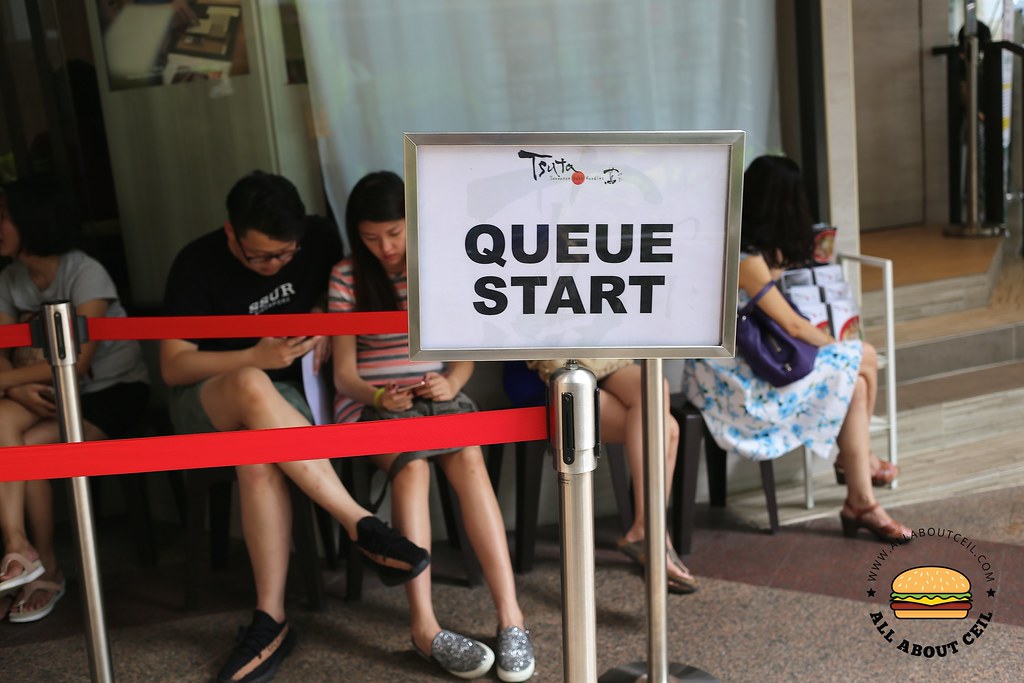

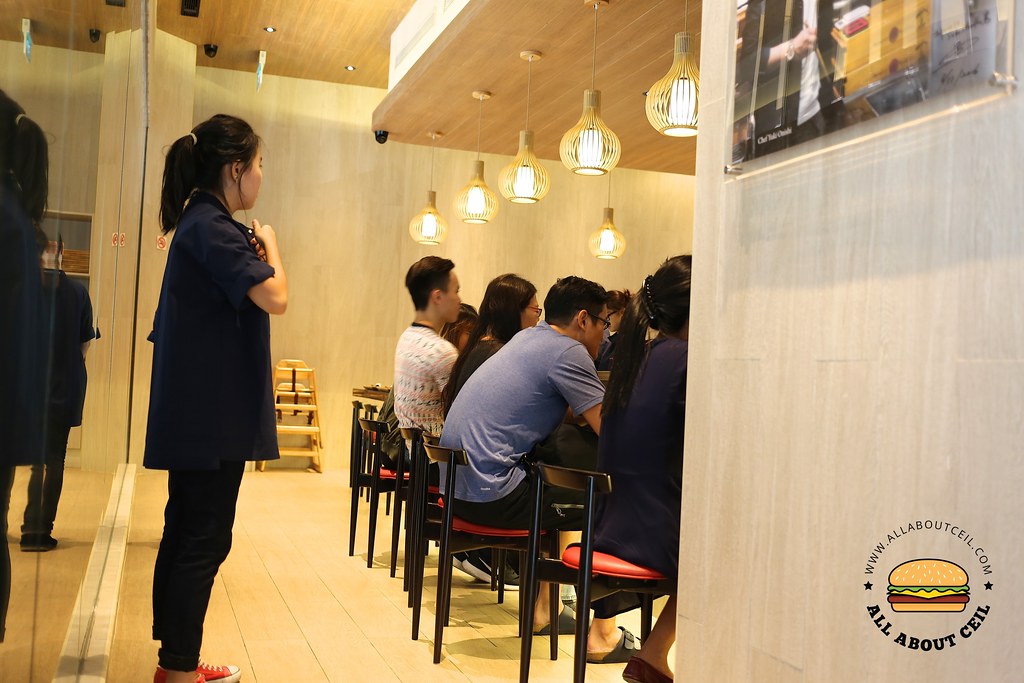

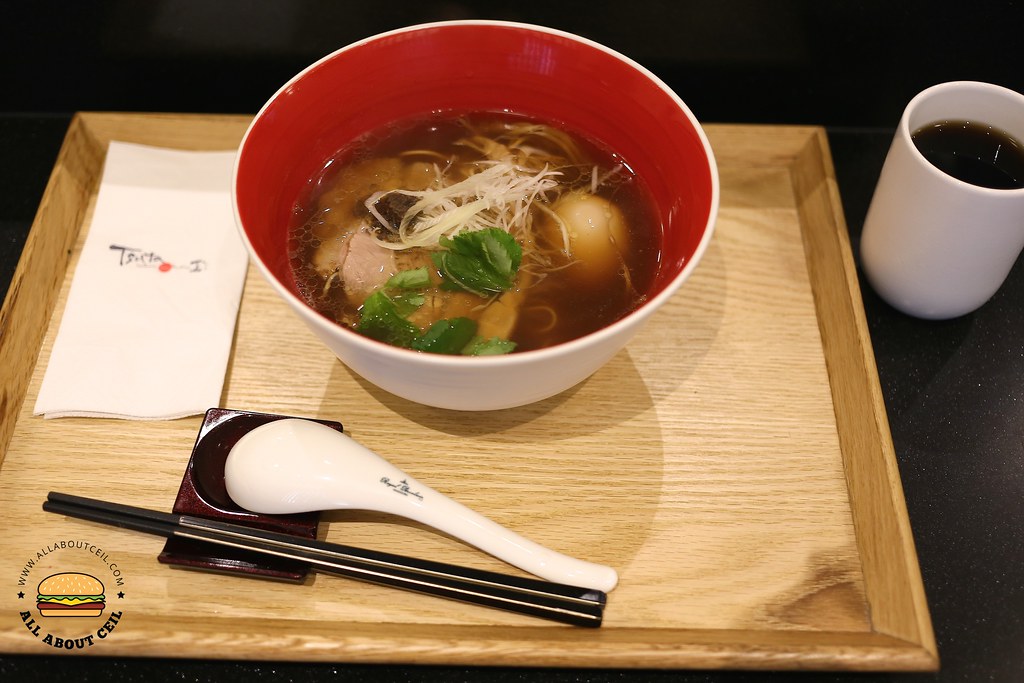
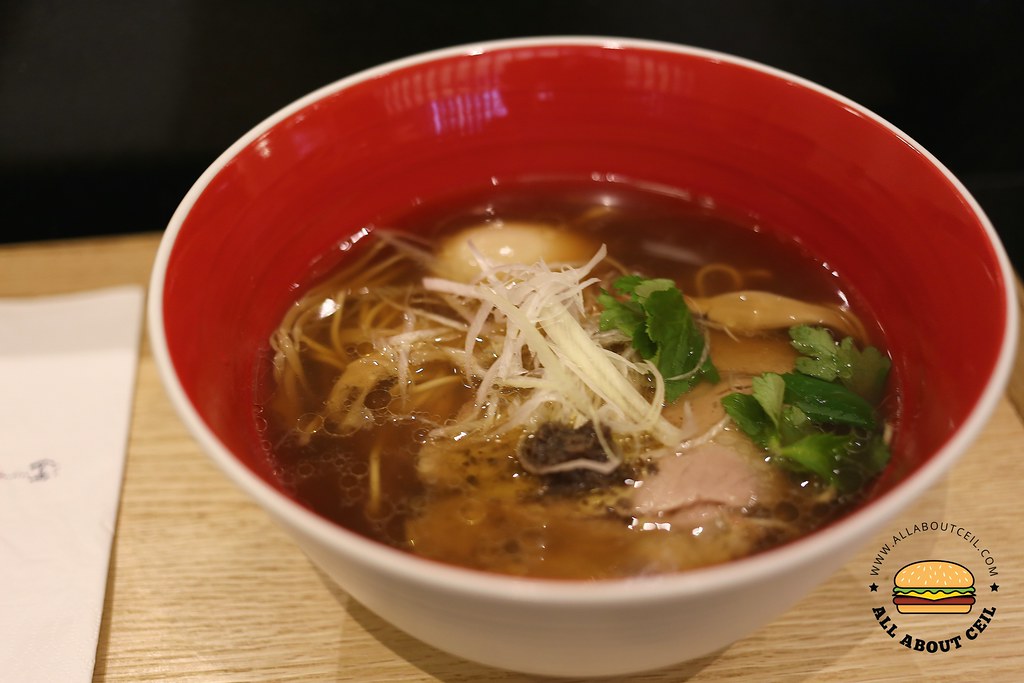
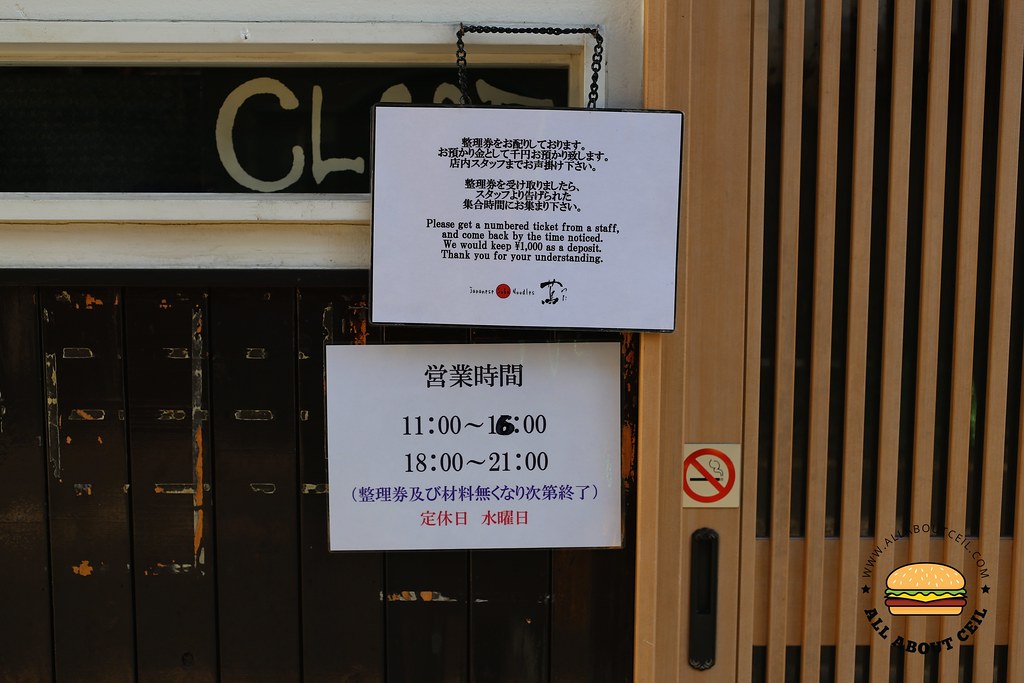
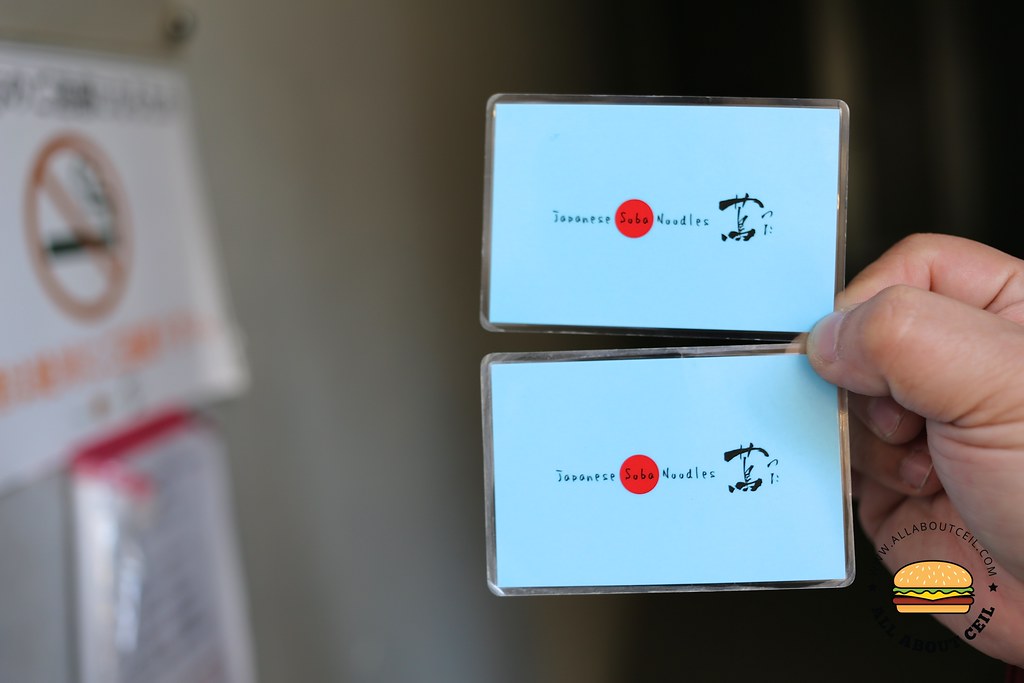
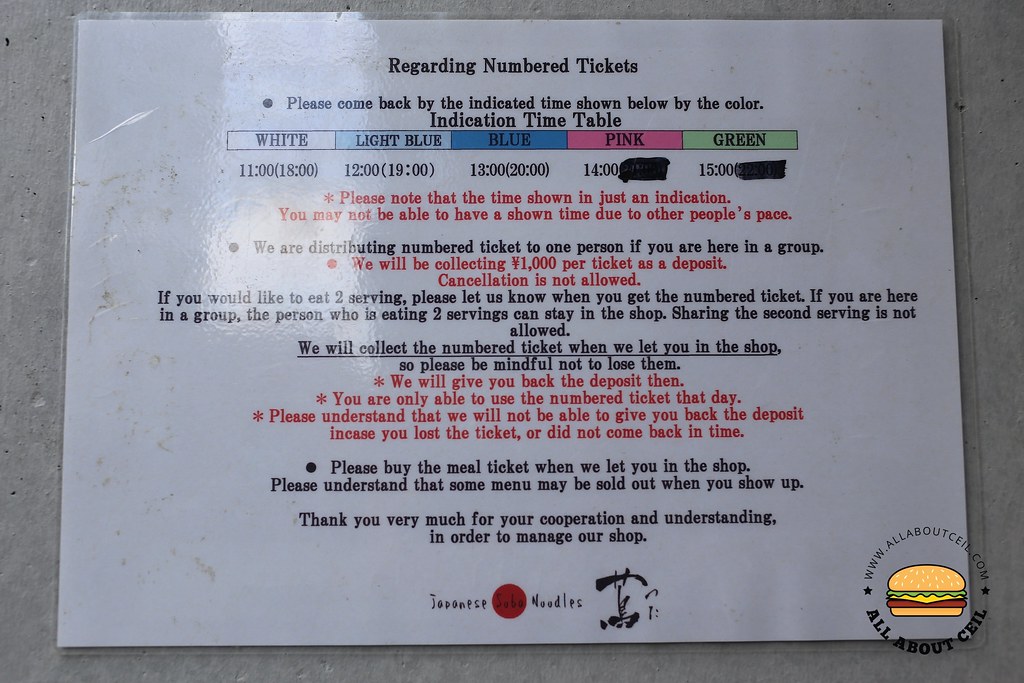

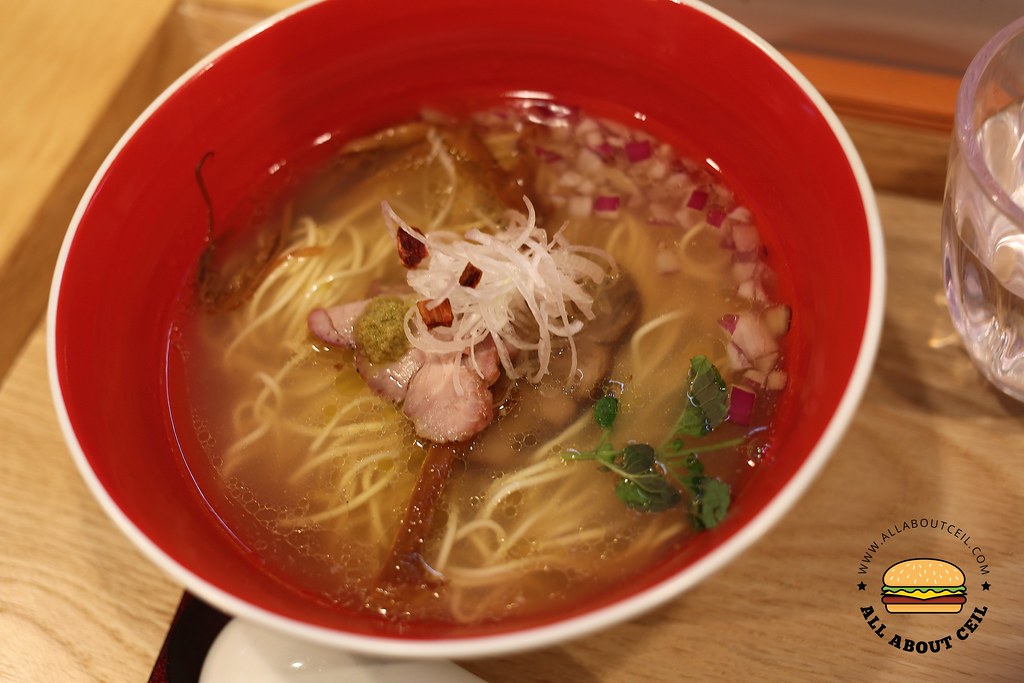
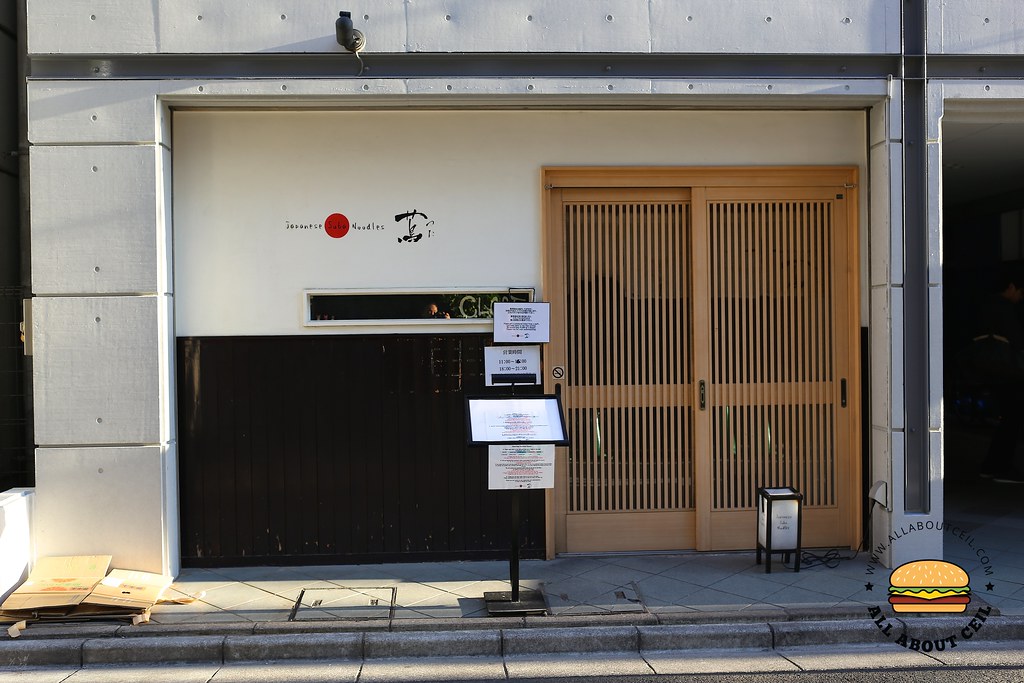
jia lat. No quality control in Singapore. When the chef was around, the truffle was just a slight tinge and the soup wasn't salty. I hope he comes to Singapore soon to correct the issue.
ReplyDelete:D
Delete